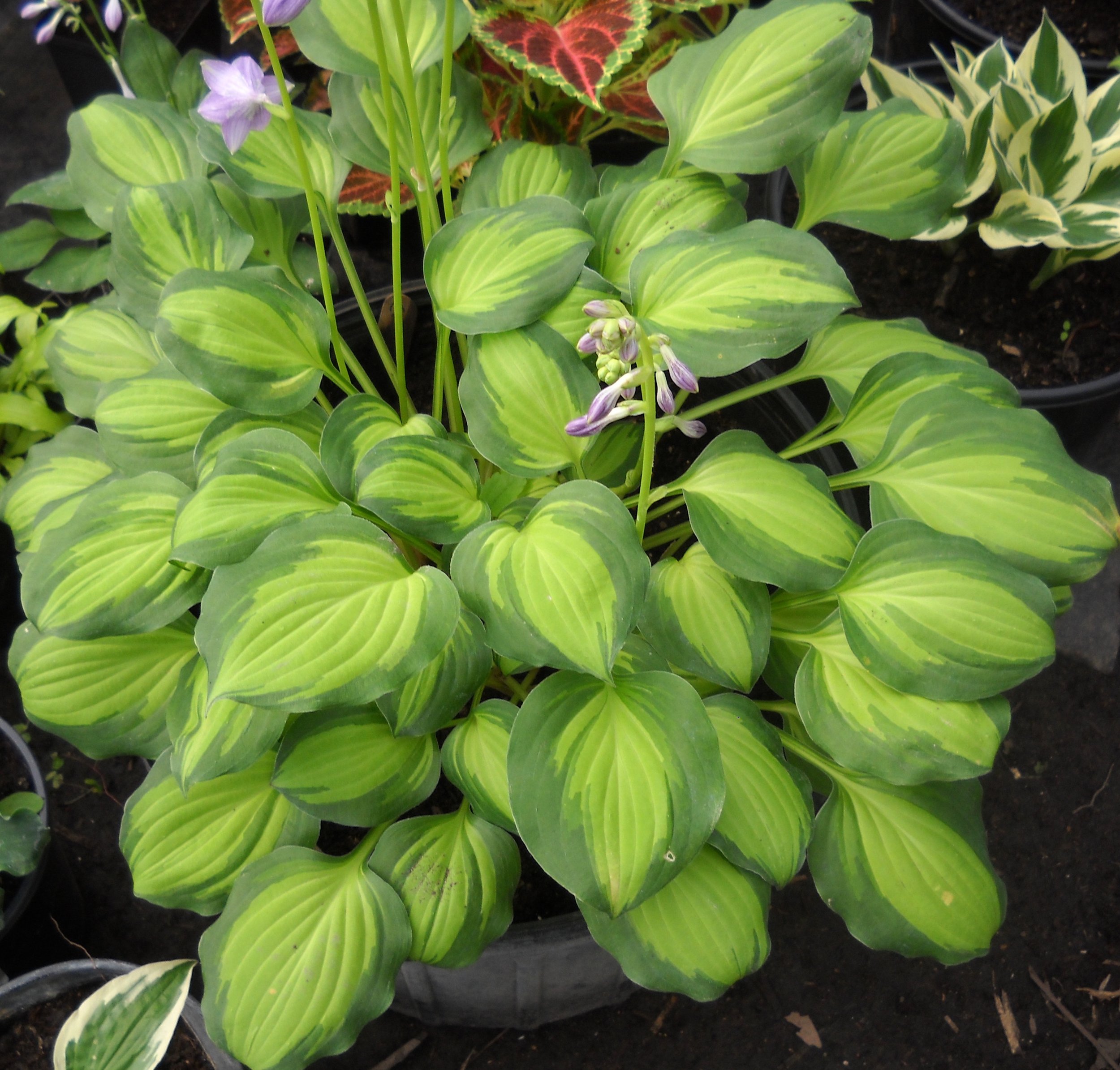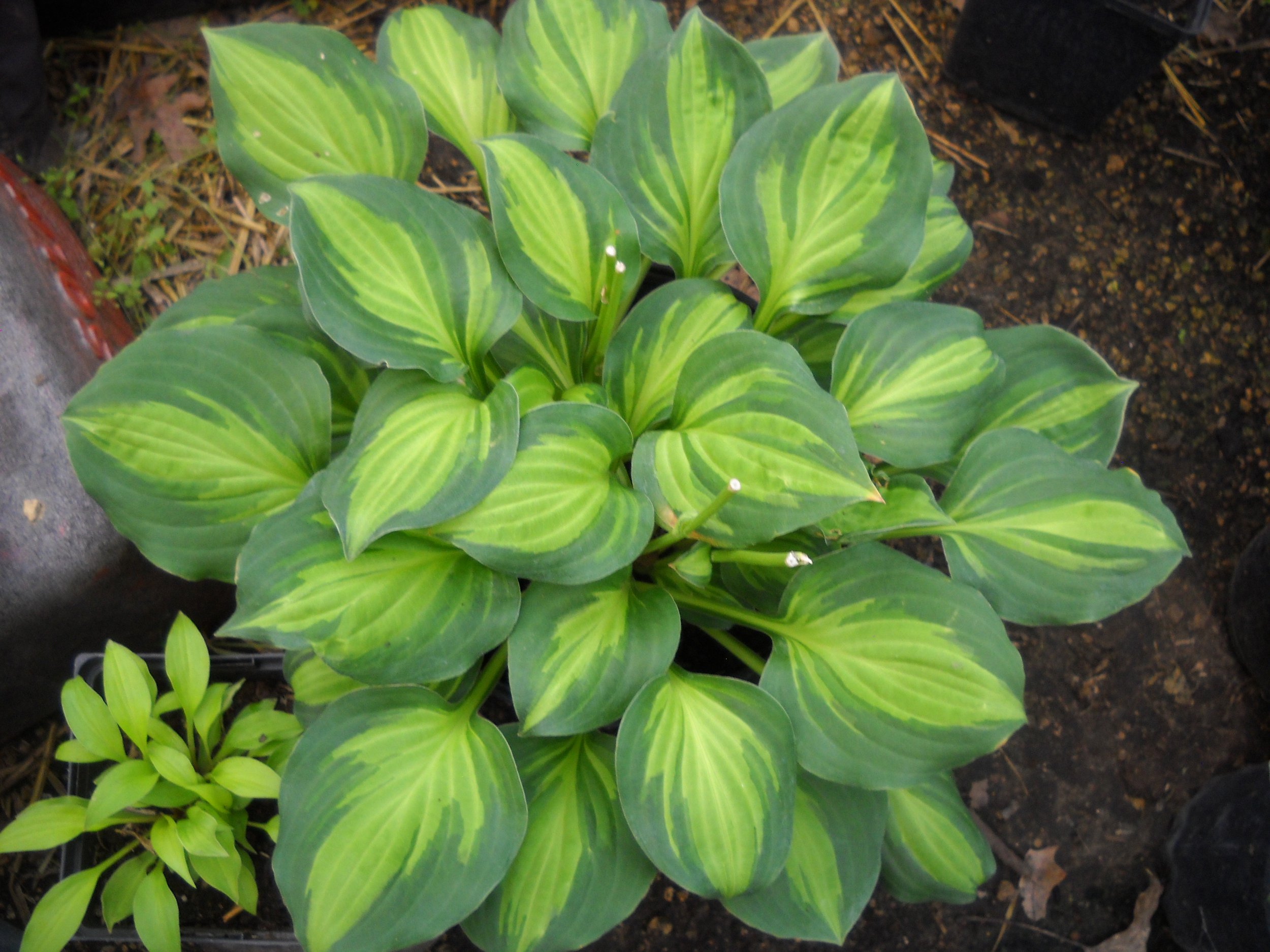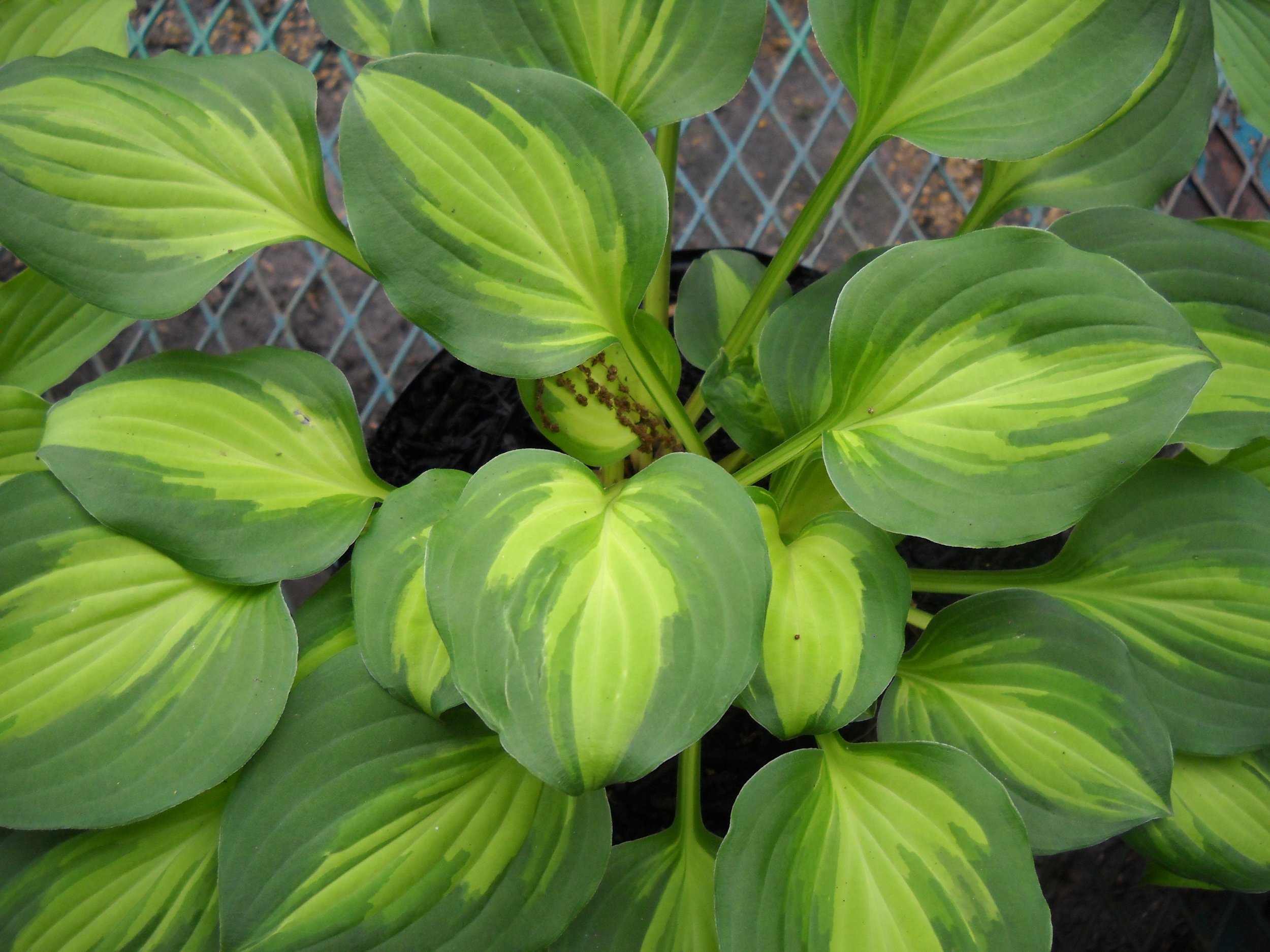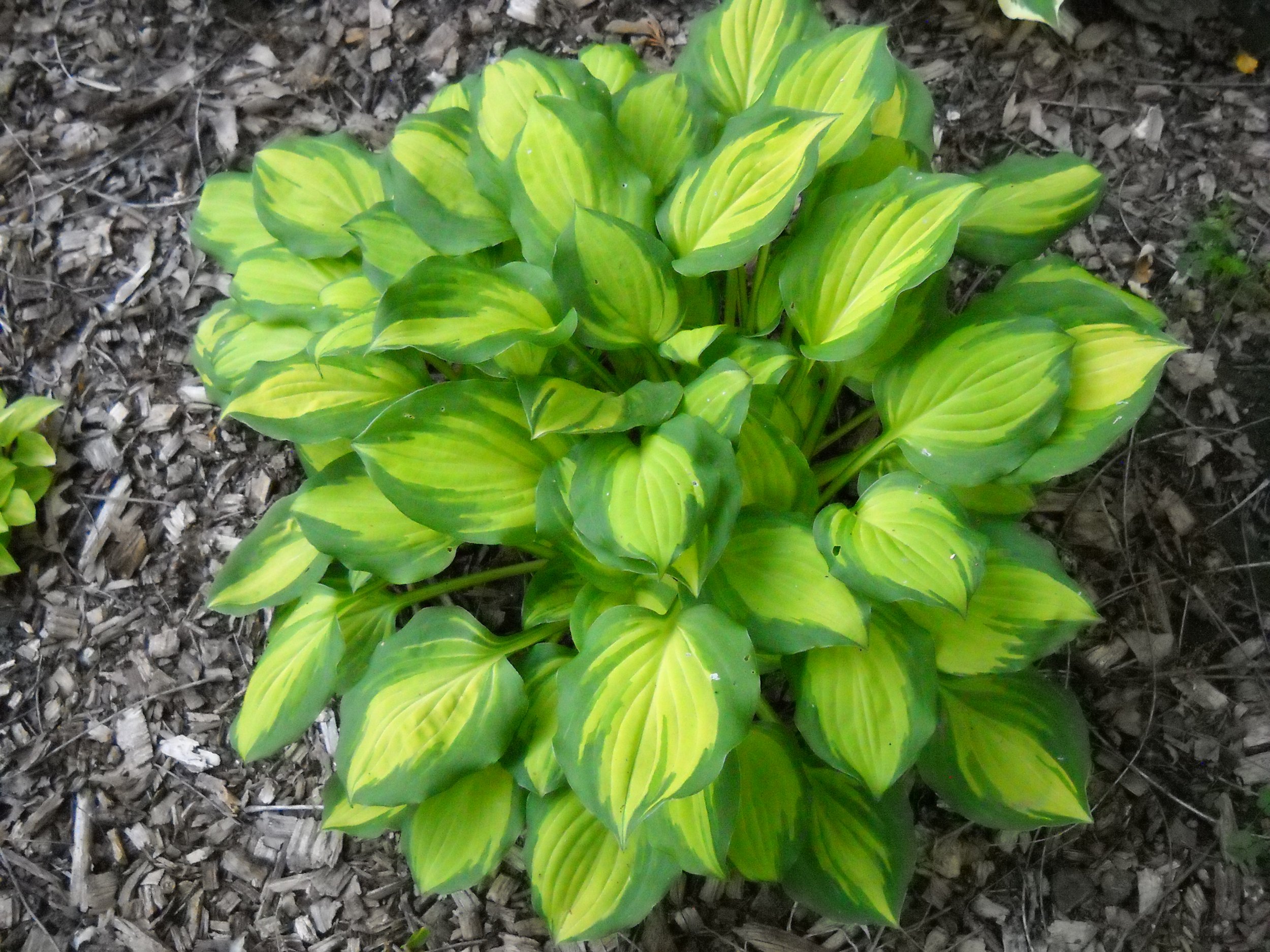The Friendship Hosta
A chronology of the origins of H. Compadre
The history of H. Compadre is not so different from its newer sister H. Burlesque. Emerging more than a decade earlier in the same arboretum, H. Compadre most likely shares the same reason for its existence as H. Burlesque. The random occurrence and outcome might be related, and in the world of plants, sports, mutations and new seedlings this is how new varieties come to be.
When I began my arboretum, I struggled with the vision for my new passion — the hosta plant. The allure of this shade-loving perennial surprised me. How could this plant be so unique, diverse and durable, while at the same time looking so fragile in its beauty. With that being said, let me explain some of the early struggles in my arboretum, specifically as they relate to growing hostas.
As any gardener realizes when they start a new perennial bed, preparation of the soil becomes a daunting task, even if planting only a 20 foot by 50- or 60-foot bed. The soil amendment process is key to the extended success of gardening efforts. My initial attempt showed its benefits virtually immediately. Growth was exponentially amazing! I never witnessed weeds growing so fast — all around my new little hosta plantlets — which disappeared in the chaos of garlic mustard, chick weed, purslane, the list goes on and on!
[SUB] Getting a Handle on Weed Control
My vision for the arboretum was getting lost quickly. If I couldn’t handle this new, little bed, how on earth could I apply the same effort and vision to the remainder of my three-acre arboretum? As each new area was designed and implemented the work and maintenance became immensely more ridiculous and time-consuming. Have you ever had to regroup, reflect, reassess, reinvigorate, and rejuvenate your ambition? Well, I was in the middle of that.
This was all occurring around 1989. (Time flies when you’re having fun!) So what was the plan for my predicament? I decided to confer with my bowling buddy Jay Delong. His family operates an agriculture supply company in our area. I told him about my weed dilemma, and he suggested using the preemergent, Treflan, to prevent the weed seeds from sprouting. This product is used commercially and not recommended for vegetable gardens or perennial beds, as the label explains. At this time, the consumer version, known as Preen, was just gaining popularity for residential landscape use.
Well, Jay set me up with a bag of this toxic product to use in my desperate attempt to extinguish my unwelcome invaders. Okay, the deed had been done, the Treflan was now over the entire bed. Problem solved? New problem created? I had no idea. What I did know was that I wasn’t too enthused about using this toxic product on my property, especially after taking a little more time to read the warning label on the back of the packaging. I began to worry about what I had just done, and decided right then I wasn’t doing it again!
Now I found myself revisiting my earlier litany of adjectives starting with the letter “R” (regroup, reflect, reassess, reinvigorate, rejuvenate). To continue my vision for the arboretum I had to pursue a different plan, and find a way to jump-start my motivation.
After this rocky start, I needed to get back to my day job in my auto body shop on the same property. After a couple of weeks, I visited the new plantlets in the freshly “nuked” planting bed. The weed problem had improved, but was not over yet. (Really, is it ever over?)
[SUB] One of These Plants is Not Like the Other
The master plan at this point was now in a state of change. I needed to back up and slow down. The arboretum was crawling forward in its evolution, with new areas coming online at a more manageable rate. The feeling of some kind of accomplishment was gaining some traction, finally. As I passed by the earlier beds I had planted, I began to notice something out of order, not in the lineal sense but a difference. This difference was an unrecognizable plant that appeared to be substantially altered — definitely changed, maybe even mutated? Soon, I caught myself humming the lyrics to a childhood Sesame Street song: “One of these things is not like the other.” All of these plantlets were planted at the same time. What’s up? My attention was focused on this anomaly that had occurred in this original bed, where the “demon” Trefland had been used. Dum, dee-dum-dum … was this a new mutation caused by my indirect actions? I had been told Trefland and or Surflan could cause mutations to occur and I believed this information.
This little H. Emerald Tiara plantlet, which was at least 3-4 years-old, had in fact mutated and was substantially different! It had an uncharacteristic wider outer margin, was brighter yellow inside the margin, had a heavier substance, a slight ripple to the leaf, and was a little larger in size. And oddly, it was a fast grower. I thought it was a great improvement to the original plant.
My next step was to divide it, replant it and watch it as it took off quickly, and came back like little mutated clones — all the same — perfect! Eventually, I enlisted Mark Zillis to help me with the first tissue culture. Through his process, he was able to produce 800 or so plants to jump-start the propagation. I was in good shape with all of these, along with my original divisions.
Now, it was off to the races, and this new plant needed a name. My daughter helped me with that, and we decided on H. Compadre. The name seemed fitting because the hosta plant is known as the friendship plant — one that is easy to divide and give away to a friend or neighbor. I did consider recognizing the new plant's mother’s family, the Tiaras, but in the end respectfully decided differently.



